“Pting! Ptang! Ptong!” In my opinion, the pleasant rhythmic ringing sound is the biggest advantage to shooting steel targets.
And it’s not just symphonic – steel targets give you immediate audio confirmation that you’ve hit your mark. Durable steel targets also let you skip patching up or replacing sheets of paper throughout your range session, and they won’t get soaked in the rain or upset by wind. A fresh coat of spray paint is pretty much all you need to restore a steel target!
But you don’t need a bachelor’s degree in metallurgical engineering to appreciate a steel target’s biggest shortcoming. Steel is very hard – as are most bullets. When a bullet comprised of solid lead and copper collides with a thick sheet of steel, it may potentially ricochet back at the firing line or bombard you with little flecks of shrapnel.
Ask anyone who has been hit by shrapnel about the experience and they’re certain not to speak very highly of it. That’s why you need to know how to shoot steel targets safely. Here are a few pointers before you start slapping steel.
How to Shoot Steel Targets Safely
Observe All Basic Firearm Safety Rules
We have to start with the basics here: Regard every firearm like it is loaded, never let the muzzle cover something you’re unwilling to destroy, keep your finger off the trigger until you’re aiming at the target, and know your target and what’s behind it. Furthermore, always wear proper ANSI Z87.1 eye protection as well as ear protection while you are training with a firearm. Spectators ought to wear eye and ear protection as well.
Select the Right Projectile
Several types of projectiles present a heightened of risk of injury when fired at a steel target. BBs and Airsoft pellets both lack the energy to disrupt on contact and may ricochet back at the shooter. Steel core bullets (such as M855), bimetal jacket bullets (such as those made by Wolf, Tula and Barnaul), solid copper bullets (such as the TSX and GMX) and hardened bullets (such as hard cast) are all unsuitable for steel targets as well.
Traditional full metal jacket (FMJ) bullets may be fired safely at steel targets, but even they pose a higher risk of injury. The safest bullet for shooting steel targets is frangible. A frangible bullet is made of compressed metal powders such as copper and tin. It disintegrates almost completely when it collides with any surface harder than itself. We strongly recommend it over full metal jacket loads when you are shooting steel targets at close range.
Maintain a Safe Distance
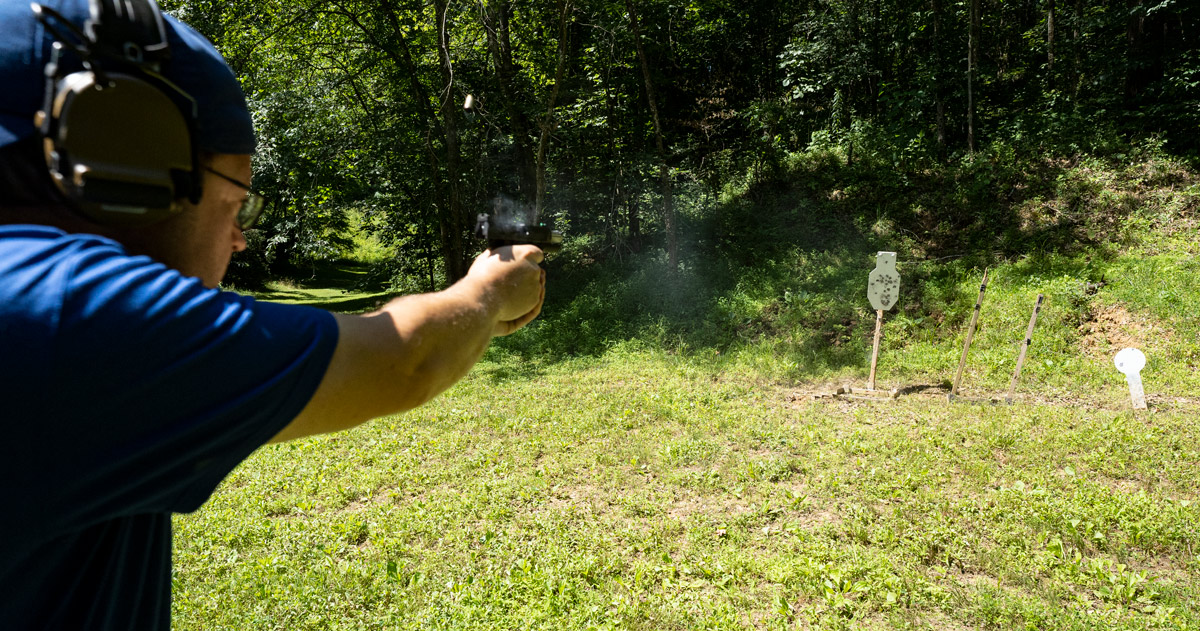
Even if you’re training with frangible bullets, you want to keep some distance between yourself and your steel target. As a general rule of thumb, you want to maintain a distance of at least 10 yards when you’re firing a pistol. For rifles, maintain 100 yards. But do bear in mind that these minimum distances may change depending on which type of firearm and ammunition you are firing. (Not familiar with what frangible ammo is? Check out our guide here.)
You don’t want a pistol bullet to strike a steel target at a velocity in excess of 1,500 fps; for rifles, the maximum velocity is 3,000 fps. For reference, a 9mm bullet never exceeds 1,500 fps, and a 55 grain 223 Rem bullet typically retains a velocity higher than 3,000 fps until around the 65 yard mark. Your range is too close if your bullets are pitting or otherwise damaging the steel target.
Shooting Safely with Steel Targets
Fire at the Correct Angle
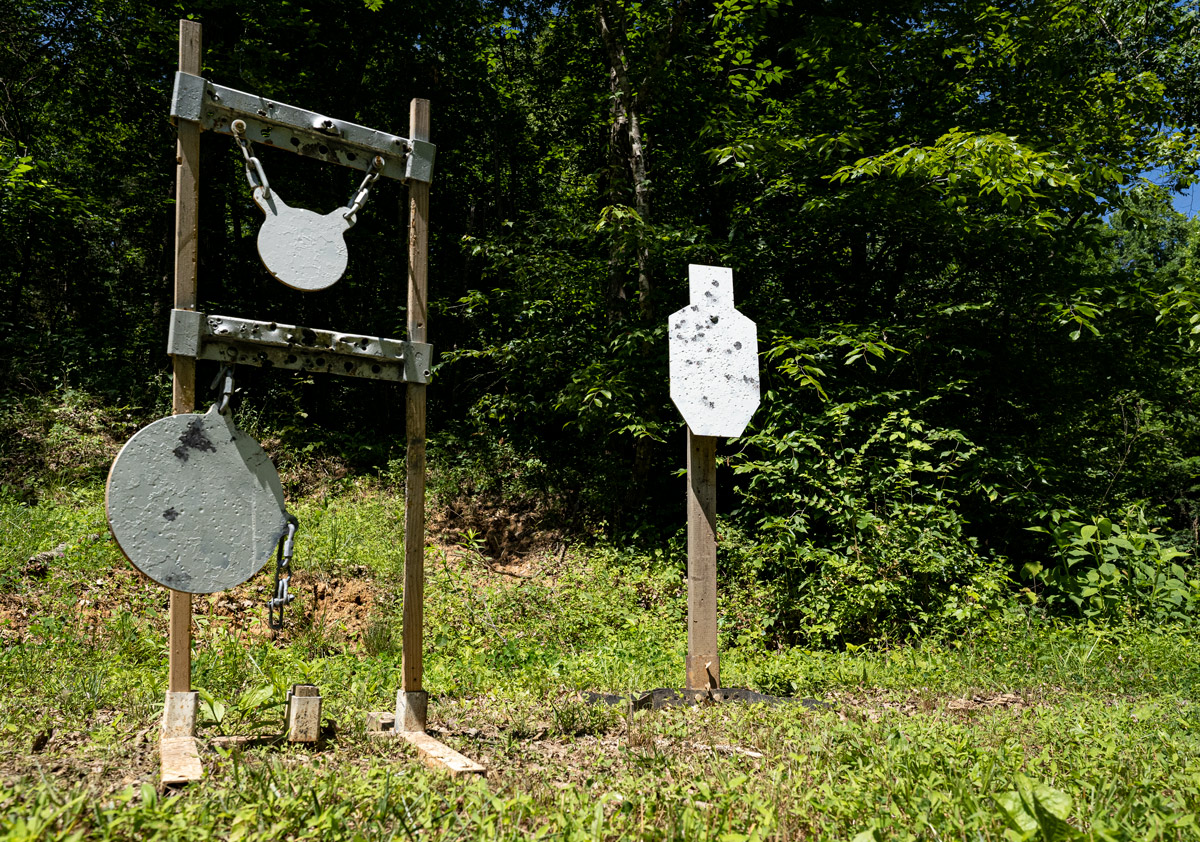
The majority of traditional FMJ and frangible bullets will reliably splatter or fragment when they strike a steel target within an angle of 20 degrees. If a bullet hits a steel target at a sharper angle, it poses a heightened risk of deflecting intact.
As a corollary to this rule, it is best to slightly angle the steel target so its face is pointing downward. This will help to direct splatter or fragmentation into the ground rather than back at the shooter. We advise you make the downward angle of the steel target steeper relative to how close you are firing at it.
You should also take care around dry grass – very hot lead splatter may potentially ignite flammable material!
Do Not Use Malfunctioning Equipment
This rule doesn’t just apply to firearms and their ammunition. If your steel target or its mounting system becomes visibly damaged from sustained use, replace it.
Those are the basic precautions any shooter ought to take so they can shoot steel targets safely. It’s a little more to consider than if you’d just stuck to paper plates, but being able to empty an entire case of ammo into a single target without taking one step makes it all worthwhile!

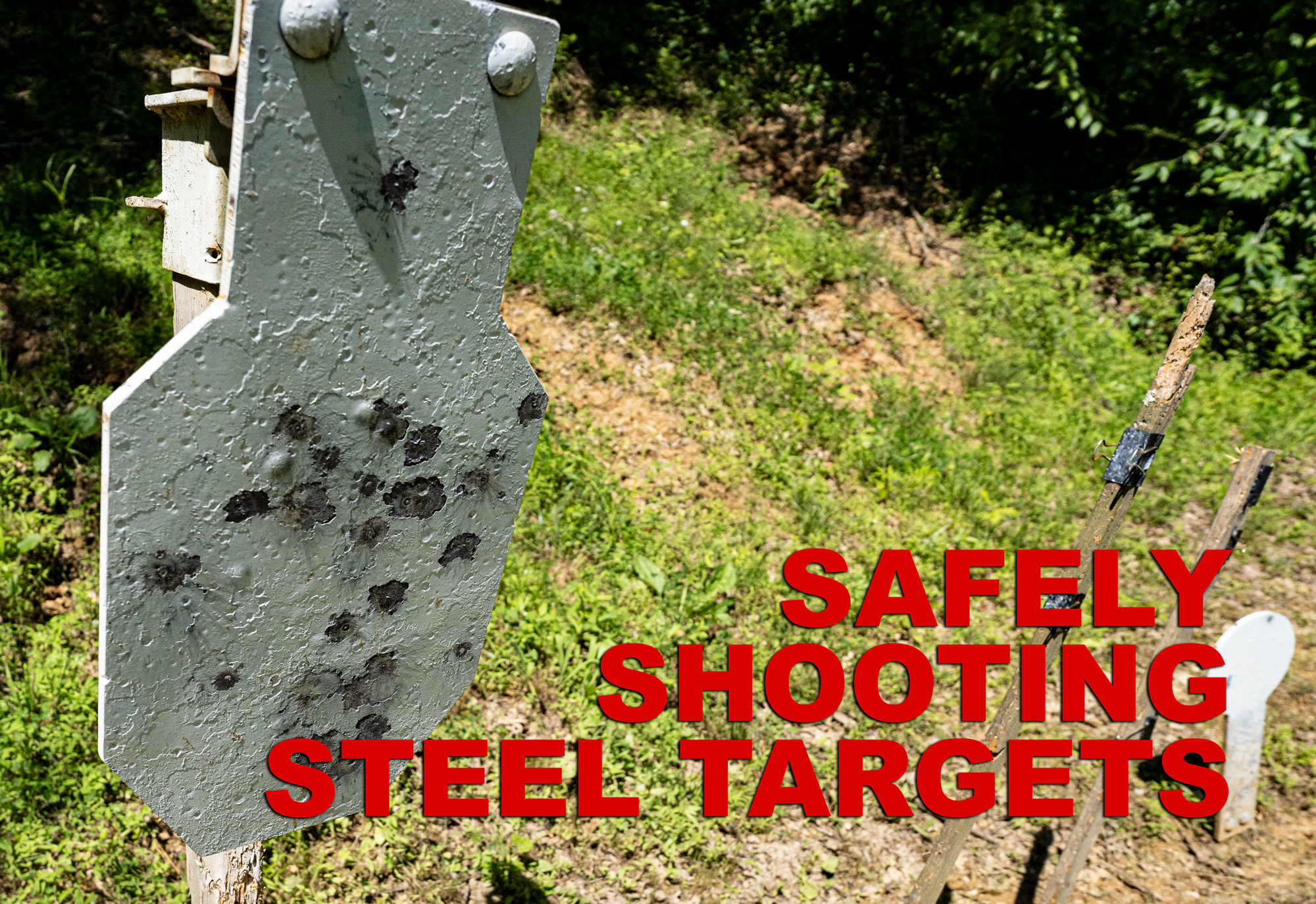
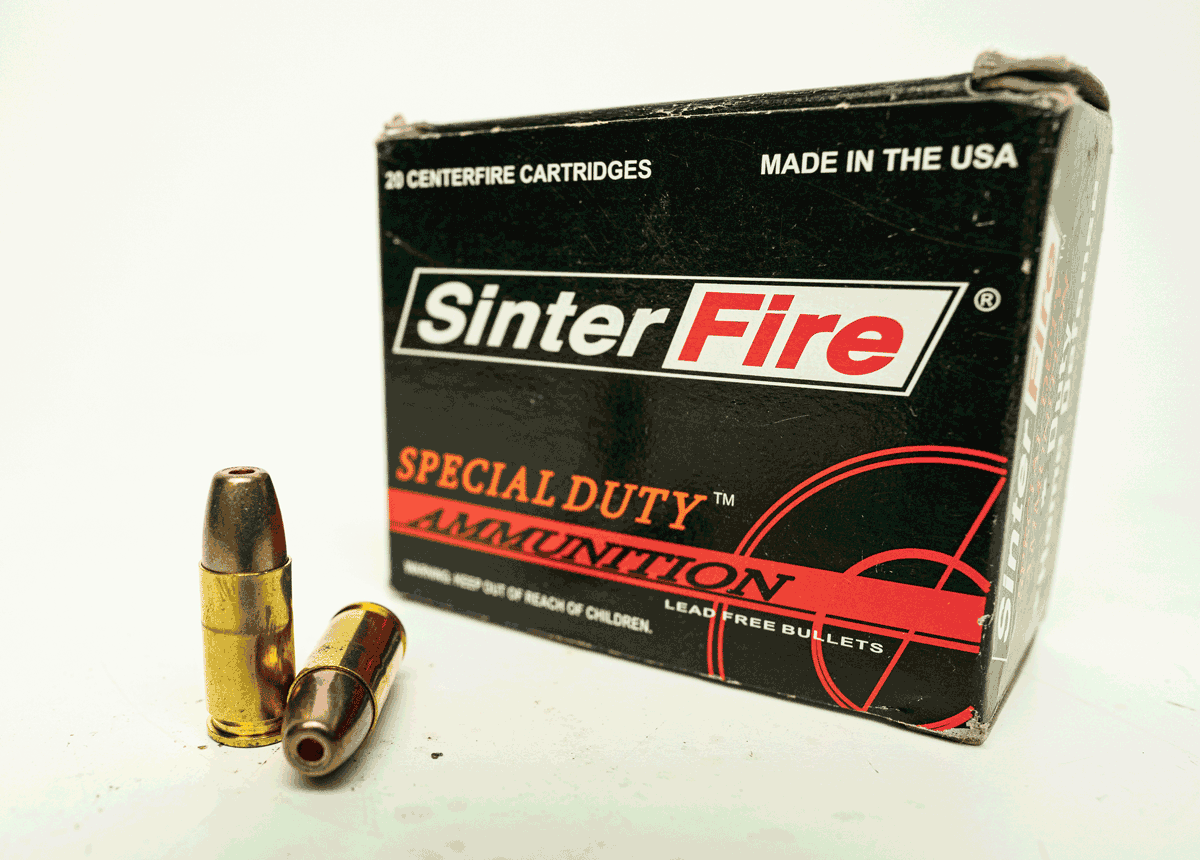
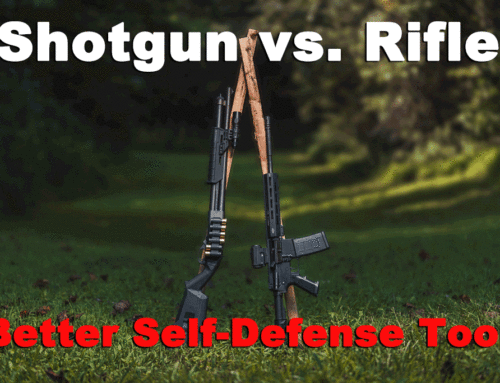
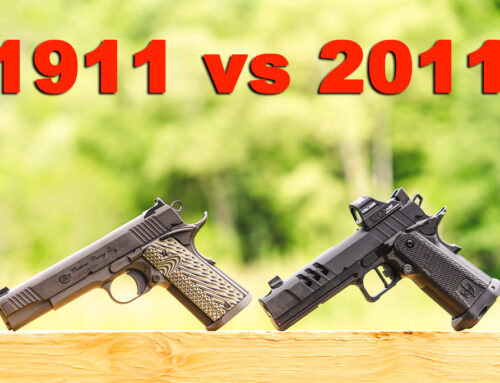

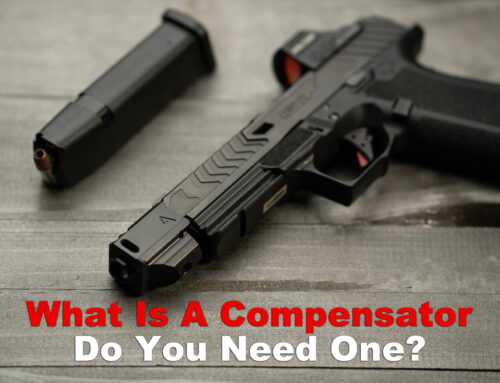
Leave A Comment